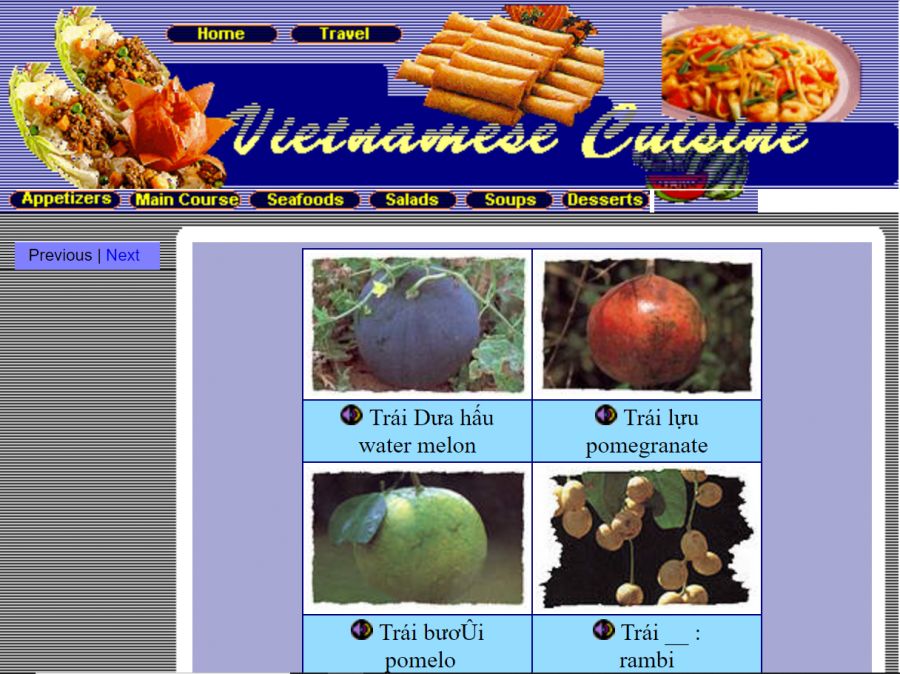SEAsite: How an outdated website racked up 41 million hits last year
November 7, 2019
DeKALB — Tagalog instructor Rhodalyne Gallo-Crail sat in Watson Hall’s Language Learning center, scrolling down a website that garnered 41 million hits last year.
The website is called SEAsite. It’s an award-winning set of free learning resources for the study of Southeast Asian languages, literature and cultures. SEAsite offers free instruction in Burmese, Tagalog, Indonesian, Thai and Khmer.
“This is the only comprehensive website in the world that specifically focuses on the Southeast Asian region,” Gallo-Crail said, as she clicked in and out of the only Phillippine constitution written in Tagalog available online.
She has been developing SEAsite’s Tagalog material for 23 years with help from her graduate assistants.
{{tncms-inline content=”<p>"Just in the Philippine site alone there are thousands of web pages, from culture to vocabulary to language learning and anything else that you could think of."</p>” id=”785e9c02-2afa-4431-a8b1-9cf61f3a09eb” style-type=”quote” title=”Crail” type=”relcontent”}}
Funded by the U.S. Department of Education and the U.S. Department of Defense, SEAsite began in 1983 with the work of NIU faculty and staff, including Asian linguist John Hartman and two computational linguists, Jim Henry and Bob Zerwkh. Henry and Zerwkh developed the databases for the project in addition to SEAsite’s Java applets.
Among countries most active in using SEAsite last year were the Philippines, with over 17 million hits, the U.S., with over five million, and Thailand, with over one million.
States such as California and New York were more active on the site than Illinois last year, despite SEAsite being unique to NIU. California attracted over 1 million hits, New York attracted over 227,000 and Illinois attracted over 145,000.
“I don’t even know how many pages [there are] actually,” Gallo-Crail said, scrolling through vocabulary lessons. “Just in the Phillipine site alone there are thousands of web pages, from culture to vocabulary to language learning and anything else that you could think of.”
Francis Buenaventura is a language acquisition teacher at The Beacon School in Taguig City, Philippines. He came across SEAsite in 2012. The site caters to the unique situation his students are in.
“Most of my students are Filipino and are exposed with the language, but their mother tongue happens to be English,” Buenaventura said. “English is their language at home, with their friends and [they] would almost always be out of the country, during breaks and holidays.”
SEAsite helps give his students exposure to Filipino tradition, language, history and culture.
“In a time when globalization is a reality and national borders are as porous as now, the Filipino identity is promoted, continued and preserved by SEASite together with other Southeast Asian countries,” Buenaventura said.
Kaela Malloe, sophomore Southeast Asian Studies minor, used SEAsite during her Tagalog translation course.
“I think it’s really good material to use when you’re studying for your class,” Malloe said. “Outside of class, I also think it’s a really good resource to learn more about the culture you’re studying.”
SEAsite could improve its advertising, Malloe said.
“I don’t think many people know about it,” Malloe said. “To be honest with you, I didn’t know about it until six months into taking Tagalog.”
As Gallo-Crail continues to navigate through the massive website, she comes across web-pages that will no longer open.
Eric Jones, director of the Center for Southeast Asian Studies, said that a lack of computer expertise has led to some aspects of SEAsite becoming unusable.
“There are some parts of the website that appear old, which isn’t a fatal problem, but there are some parts that can’t be made to work unless you have an old computer,” Jones said.
Jones said the Center for Southeast Asian Studies will be using its annual federal funding to gradually update the site.
“Since NIU is the only university in the country to have these resources, we see the importance of redesigning it and making it sustainable,” Gallo-Crail said, looking at 23 years worth of her work. “There’s a lot of materials on the website that you won’t be able to find anywhere else.”







